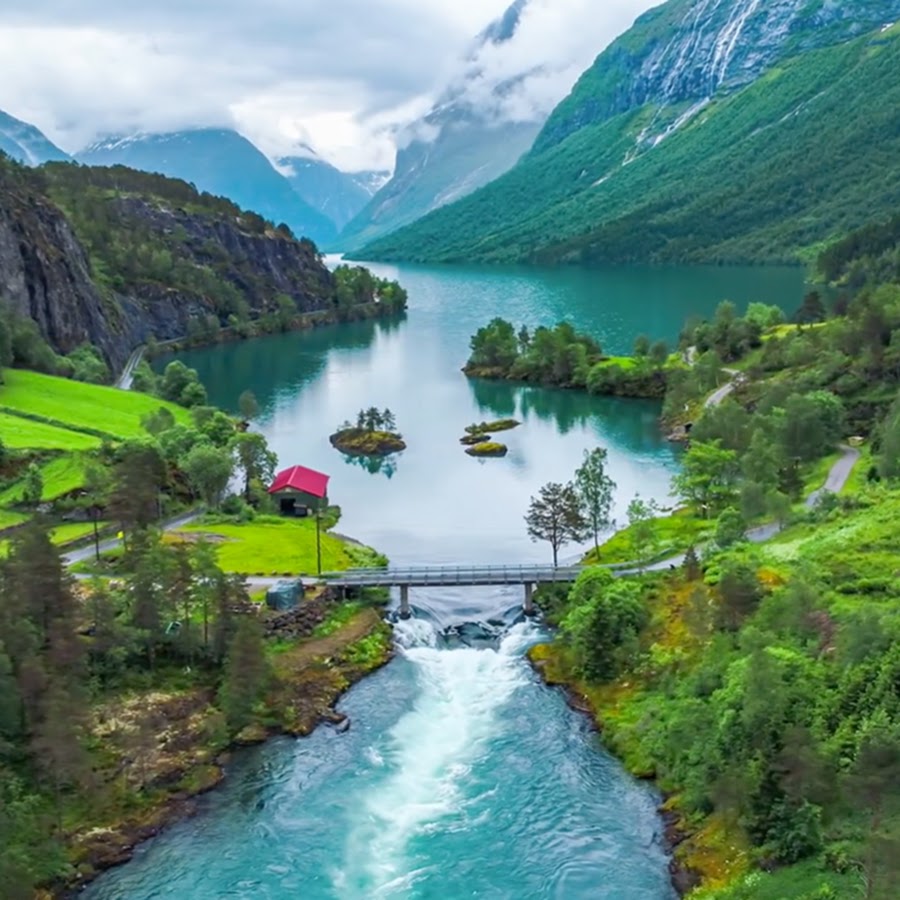Video Player is loading.
44
views •
October 19, 2018
Red Tide Spreads Up Florida's Coast After Michael
Chris Jasurek
0 Followed
Florida is one of the prime summer vacation destinations for the entire Untied States. People come from across the country to enjoy Florida’s miles of fine-sand beaches.
This year, tourists are seeing something less appealing than white sand and turquoise waves.
This summer the beaches have often been covered with dead fish.
For the past ten months, Florida has been beset by Red Tide—a type of toxic algae which occasionally occurs in warm, nutrient-rich water.
This latest outbreak has been one of the worst ever.
"Back in 1994 we had an outbreak and it killed 196 manatee," says Bob Wasno, a marine biologist with Florida Gulf Coast University Bob Wasno told CNN.
"Everybody was just completely outraged. They yelled and jumped up and down and said 'This is not going to happen again.' Here we are 24 years later and this is worse than ever."
Fish by the thousands, both small and large, have been washing up on beaches. Manatees, dolphins, even a whale shark which succumbed to the toxic algae have ended up on the state’s beaches.
Some of those beaches have been closed to swimmers beaches—a disaster for the tourist industry which plays an important role in the state’s economy.
Red tide’s neurotoxins kill fish but they can also harm humans. The toxin can irritate the skin and the linings of the lungs. People with asthma in particular should steer clear.
"It's like being hit with a tear gas,” was how University of Miami Marine Biology and Ecology Professor Larry Brand told CNN.
Hurricane Michael Didn’t Help
Some people had hoped the Hurricane Michael might have broken up the algae blooms. Those people were disappointed.
"Testing right now indicates that it looks the same now as before Michael," NOAA oceanographer Richard Stumpf told CNN. "Michael didn't change the bloom. Didn't make it worse. Didn't make it better."
Kelly Richmond from Florida’s Florida Fish and Wildlife Conservation Commission spoke with CNN about the red tide blooms. She said the forecast is for more red tide along both of Florida’s coasts.
State of Emergency
The latest outbreak is so bad that Governor Rick Scott declared a state of Emergency on August 13. The state of emergency currently covers Collier, Lee, Charlotte, Sarasota, Manatee, Hillsborough, Pinellas, St. Lucie, Martin, Palm Beach, Miami-Dade, Brevard and Indian River counties, CNN reported.
"I am issuing an emergency declaration to provide significant funding and resources to the communities experiencing red tide so we can combat its terrible impacts," said Governor Rick Scott in a statement, ABC News reported.
Governor Scott’s executive order provides funding for more scientists to help with the clean up and animal rescue
"I am also directing a further $900,000 in grants for Lee County to clean up impacts related to red tide–bringing total red tide grant funding for Lee County to more than $1.3 million," Scott said.
Florida will also provide $500,000 to assist local tourism boards, so that "communities continue to bring in the visitors that support so many Florida families and businesses."
On Sept. 27, Governor Scott awarded $2 million to Pinellas County and $1.1 million to Lee County to help those communities cope with the dead fish and the closed beaches, according to the Tampa Bay Times.
On Oct.4 Governor Scott ordered the state Department of Environmental Protection to provide another $3 million to St. Lucie, Martin, Palm Beach, Broward and Miami-Dade Counties, the Orlando Weekly reported.
Agriculture and Expansion Feed the Tides
Scientists believe that agricultural and residential run-off might be exacerbating the algae blooms. As Florida’s population has swelled, more nutrient-rich run-off from septic tanks and lawn fertilizers ends up in the oceans, CNN reports.
Further, the Army Corps of Engineers has completely re-routed Florida’s natural water flow to create a farming district north of the Everglades. Much of the reclaimed land is used for farming sugar cane—and much of the nutrient-rich fertilizer run-off ends up in the ocean.
Florida has weakened wat
Show All 
Comment 0











